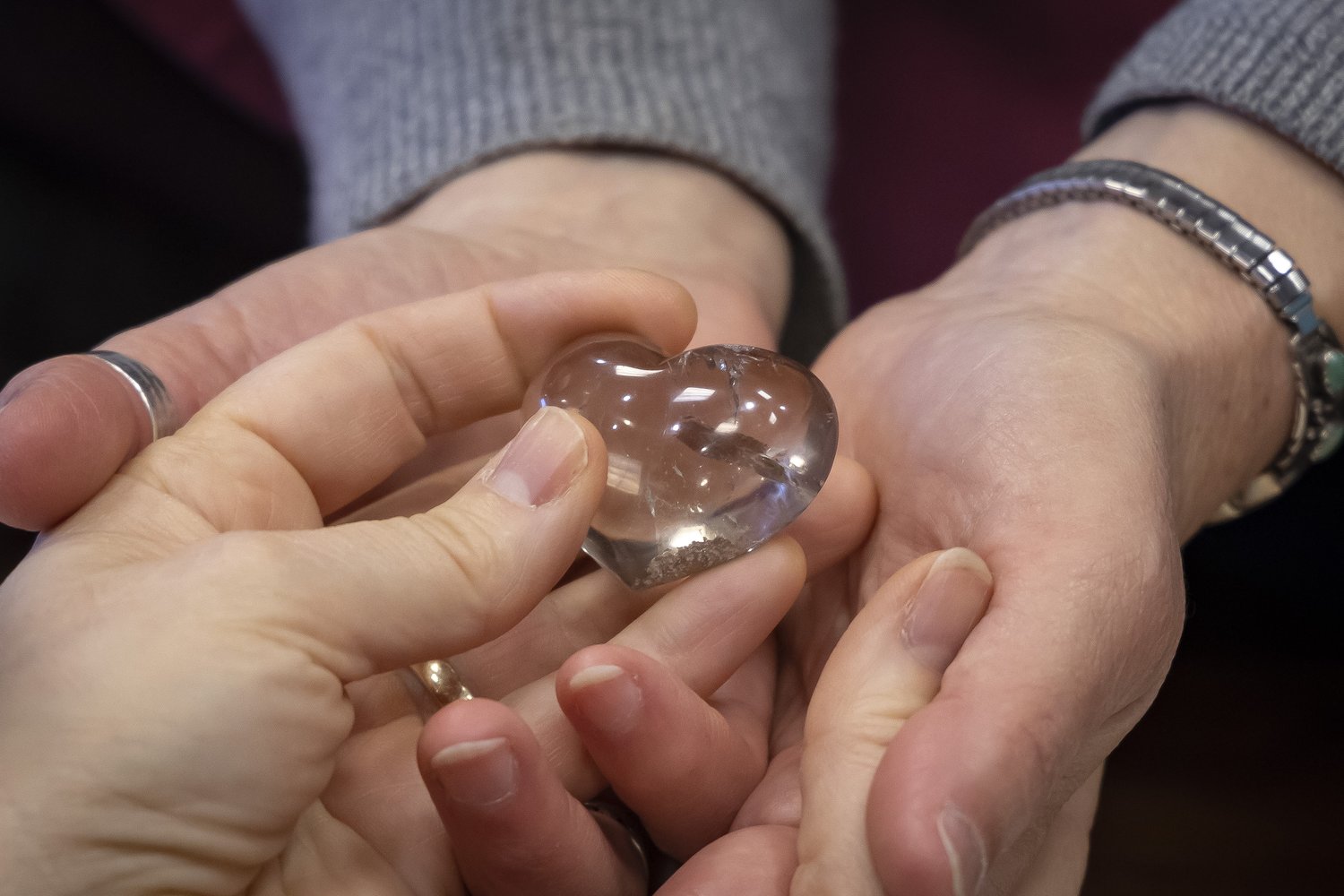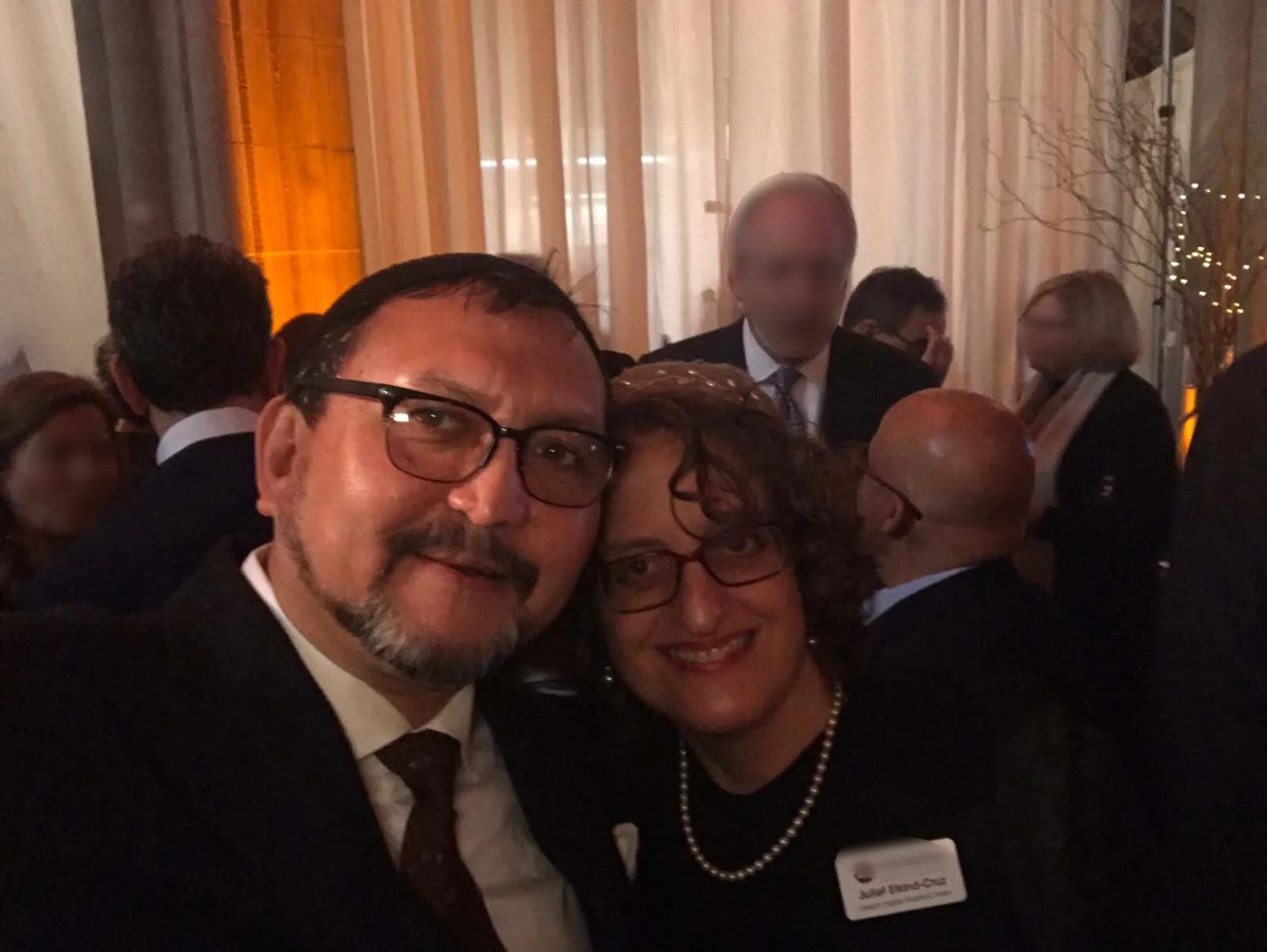
My Story
Coming From Love
Keeping Things Real
How it started:
I grew up in New York City in a family where Yiddishkeit (Eastern European Jewish culture) was appreciated as my family’s roots, but religion and spirituality rejected. In short, I claimed atheism as my identity. Passion for social justice trumped all. Though I always yearned for the mystery of it, Judaism, I was told, was at odds with this, so I put it aside.
Thus I chose a “practical” profession, and became a teacher of Spanish and English as a Second Language after spending two years living abroad in Mexico. Most of my teaching was serving underserved populations in New York City public high, middle schools, and community college. My students included children with learning disabilities, and those in unstable housing situations. Many were recently-arrived Latino immigrants, some of whom had experienced trauma crossing the U.S. border on foot. I was passionate about making a difference in the lives of these individuals, but never lost sight of the ultimate goal of changing the system.
In the midst of my activism during college, I met my husband, a South American immigrant who was raised Catholic and had come to the U.S. in his early teens. We met in the world of social activism, and explored spirituality and Judaism together over the years. We’ve been married for over three decades, and raised our children carrying forth our values for social, economic, and gender equality.
Following in our tradition, our two children attended New York City public schools and then then the public college system. Both identify as Jews of Color who take their Jewish and Latino/Catholic roots equally seriously. I am proud that they have carried forth our penchant for social justice and equity into present-day advocacy for Earth justice, LGBTQ+ issues, and Black Lives Matter, including within the Jewish world.
Where did “spiritual” and “Jewish” come into this?
As a child and young woman, I always yearned to know more about being Jewish. I got spotty knowledge from my childhood. As an adult, “spiritual” was not a word I was yet familiar with, though some people would describe me as such. With the birth of our first child, my husband and I stepped tentatively into synagogue life. As a Latino and not a Jew by birth, he never felt completely welcome or at home. But the rabbi was wonderful. He started us on our Jewish journey, giving us some basic tools to begin living a more consciously Jewish life. Lighting Shabbat candles became a weekly family ritual.
We left New York on various adventures, and along the way, kept searching for Jewish community that would feel like home. During that time, I carried a memory of High Holy Day services that had left me with a yearning, like a sadness in my soul that wouldn’t go away.
After years of alienation, I was on the verge of giving up the notion of ever finding that again, or of a community where we would truly feel completely welcome as an interfaith/intercultural couple.
Until one day.
We had returned to live in “The City.” It was Yom Kippur day, 2011. The yearning arose in me so strongly, I was on a mission. I didn’t know where I was going.
I left my house in the morning alone, intent on being somewhere for services—even if I was alone.
And strange things happened.
Like the electronic sign in the subway notifying riders when the next train would be coming—that always worked in those years—was totally blank. This led me to the decision to walk. I would later say that it felt like the angels were redirecting me, sending me to a place I never expected to find a synagogue: on the edge of Harlem, in a traditionally Black and Puerto Rican neighborhood. (In other words, if you know Manhattan, not the Upper West Side).
But it wasn’t a synagogue—not exactly.
What I found in my path was a beautiful old, dilapidated church with people coming out one door with yoga mats only to enter through another. I cautiously peeked in. I could see that, like on Yom Kippur, everyone was dressed in the traditional white (and it was a Saturday, not a church day, and Yom Kippur). Without knowing it, I had walked into Kehilat Romemu, a place that would change my path drastically.
I skulked past the people at the desk collecting tickets and found myself inside a place where a friendly man greeted me with a traditional Yiddish greeting for the holidays. I found the last seat just a minute before services began—just in time.
I stayed for three hours, enveloped by singing voices surrounding me. It was as if everyone were angels and we were up in heaven. This is the only way to explain what I experienced that day. I cried the whole time, amazed at it all. It was like a great Mystery was being revealed to me.
During a group aliyah, I literally felt drawn to get up and be near the Torah. Though a terrifying prospect for a stranger in a strange land, I followed my instinct. And I knew by the time I left that I had found a new home, a kind of home I never knew was possible, a home I’d been searching for and didn’t even know it, not just for myself, but for my whole family. The prayerbook included Palestinians, and there were mystical teachings. I ran home to my family, full of excitement. The plan was to return with them the very next time we could—after a visit to my father.
But that visit would turn into a memorial service; my father died the very next day. It was not lost on me that now I had a place to say kaddish for him.
While my family would fall in love the way I had, and I would indeed return weekly to say kaddish, this synagogue exposed us to so much more. It included chant, mysticism, niggun (wordless melodies), and other contemplative practices like meditation. I learned that these had not been appropriated from other spiritual paths but rather, had historically been a part of Judaism, only to be lost to the Enlightenment.
I fell in love with being Jewish in a completely different way.
And I suddenly had a whole new way of looking at the world: through a spiritual rather than a secular lens. I read Rabbi Michael Lerner’s Jewish Renewal, and it blew me away; I learned that my passion for social justice was not at odds with Judaism, as I’d been taught, but actually completely in sync with it. Suddenly, it was as if my whole life, all the ways I’d served other people, and all the personal challenges I had faced, had been preparing me for a new journey.
Two years later, I was in rabbinical school. Five years after that, I was the rabbinic intern at the synagogue. For my capstone project, I established a collective of Jewish women clergy. We published our website in late 2023. You can learn more about it by clicking here or below.
Where I am now:
Ordained Rabbi, Jan. 2023, Aleph Ordination Program, the seminary for Jewish Renewal rabbis, cantors and rabbinic pastors
Ordained Jewish Spiritual Director (Mashpi’ah), Jan., 2020, Aleph Ordination Program
Jewish Chant leader, trained by Rabbi Shefa Gold, leader and composer of Hebrew chant
Founded a Jewish Women Clergy Collective, 2023
Hold on—you didn’t explain Jewish Renewal!
Jewish Renewal is a movement, not a denomination (though there is debate about this), that started in the 1960’s under the leadership of Reb Zalman Schachter-Shalomi, originally a Chabad rabbi. His passion was to bring the joy often associated with Hassidism into the modern world, building a movement that would bring Judaism alive again. He wanted to preserve and incorporate the Jewish mysticism of Kabbalah with a modern understanding and meaning of the prayers. His objective was to create totally inclusive Judaism that made equal space for women as leaders. Reb Zalman believed that Judaism needed to open up to people of all backgrounds, Jewish and non-Jewish, in a truly welcoming way, making more space also for non-traditional families. He believed strongly in moving beyond the trauma of the Holocaust because anything based in trauma is unhealthy. As a believer in the beauty and value of all religious traditions, Jewish triumphalism had no place in the modern world. Finally, he believed that while Judaism is not superior to any other religion, it has made a special contribution to the world and needs to be preserved. His dream was that Renewal would find its way into all branches of Judaism.
The Jewish Renewal movement has its very own seminary, the Aleph Ordination Program (AOP), that trains and ordains rabbis, cantors and rabbinic pastors.



